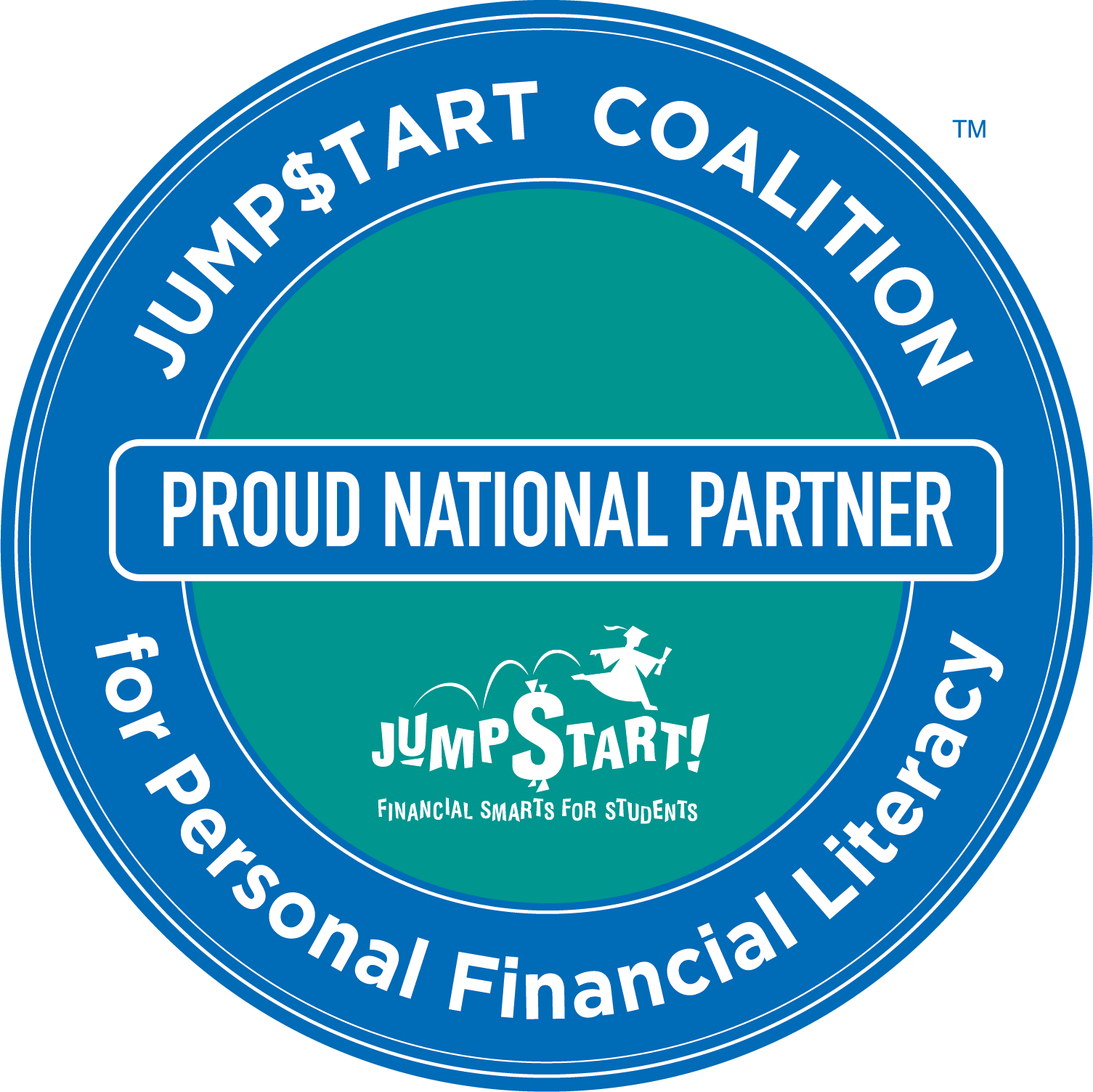You might assume everyone owns a bank account. But according to a 2021 Federal Deposit Insurance Corporation (FDIC) survey, 4.5% of American households (5.9 million homes) are unbanked. This represents the lowest unbanked population since the FDIC began these surveys in 2009. Per the research, some of the newly banked households opened accounts to receive government benefits during the pandemic.
What Does Unbanked Mean?
An unbanked individual doesn’t run any credit union or bank account. Likewise, a household is considered unbanked if none of its members is an account holder. Remember, the Consumer Financial Protection Bureau (CFPB) evaluates banked status based on National Credit Union Administration (NCUA) and FDIC accounts. As such, P2P platforms like Venmo and PayPal aren’t included.
Not to be confused with underbanked populations. Although they have bank accounts, underbanked households have limited access to traditional financial amenities including credit cards and loans. Instead, they prefer alternatives such as rent-to-own plans, money orders, payday advances, and check cashing.
Unbanked Groups
Per a recent report, Black and Hispanic populations have a higher chance of being unbanked than their White counterparts. Moreover, low-income households are more likely to be unbanked than wealthier families. When you make little money, you cannot afford to have your earnings sitting idle in the bank. Similarly, financial institutions close low-income branches more frequently than those in rich neighborhoods. That’s not to mention the inconvenient bank locations in rural areas.
Education also impacts unbanked rates. According to the Federal Reserve Board, adults without high school degrees make the highest percentage of unbanked individuals in any demographic group.
Why People Are Still Unbanked
While some people choose to avoid bank accounts, others are unbanked because of circumstances. For example, financial institutions may consider you too risky when they find bounced checks, outstanding loans, and unpaid overdraft charges. At the same time, some people don’t trust banks. Fraud cases, system failures, unnecessary products; you name it, some consumers blame financial institutions for taking advantage of them.
A section of the unbanked population also considers banks too expensive. Without a steady income source, minimum balances can be hard to meet. Unbanked consumers also complain about high banking fees.
Consequences of Being Unbanked
Unbanked Americans face many inconveniences. For starters, you need check cashing services to receive wages since you cannot access direct deposits. When it comes to paying bills, you need to use money orders, which are costlier and time-consuming. Worse still, you have to carry cash for day-to-day expenses, increasing the risk of loss and theft. Although unbanked individuals can opt for pre-paid cards, they have to deal with high usage fees.
On the other hand, banks provide debit cards for convenient payments when shopping online or in physical stores.
Your money is also safe since it’s insured against fires, theft, and bank closures. Thanks to online banking, you can pay bills and send money to your loved ones without going to a physical branch. Depending on the type of account, your money earns interest when you leave it in the bank. What’s more, you build relationships with banks and enjoy their credit facilities.
Solutions for the Unbanked
Although unbanked rates continue to fall, the government remains committed to providing banking services to all. For example, the FDIC introduced “Tech Sprint” in 2021 to increase the capacity of financial institutions to accommodate unbanked individuals. Nonprofits are also pushing to expand banking access to underserved populations.
Check out the Money Vehicle textbook — you can find it here on Amazon. And if you like what you see, you can get more content sent directly to your inbox! Sign up for the Money Vehicle Movement Newsletter!
And check out our white paper: “Strategies for Increasing Financial Literacy Rates Among High School and College Students”
More from Money Vehicle:









